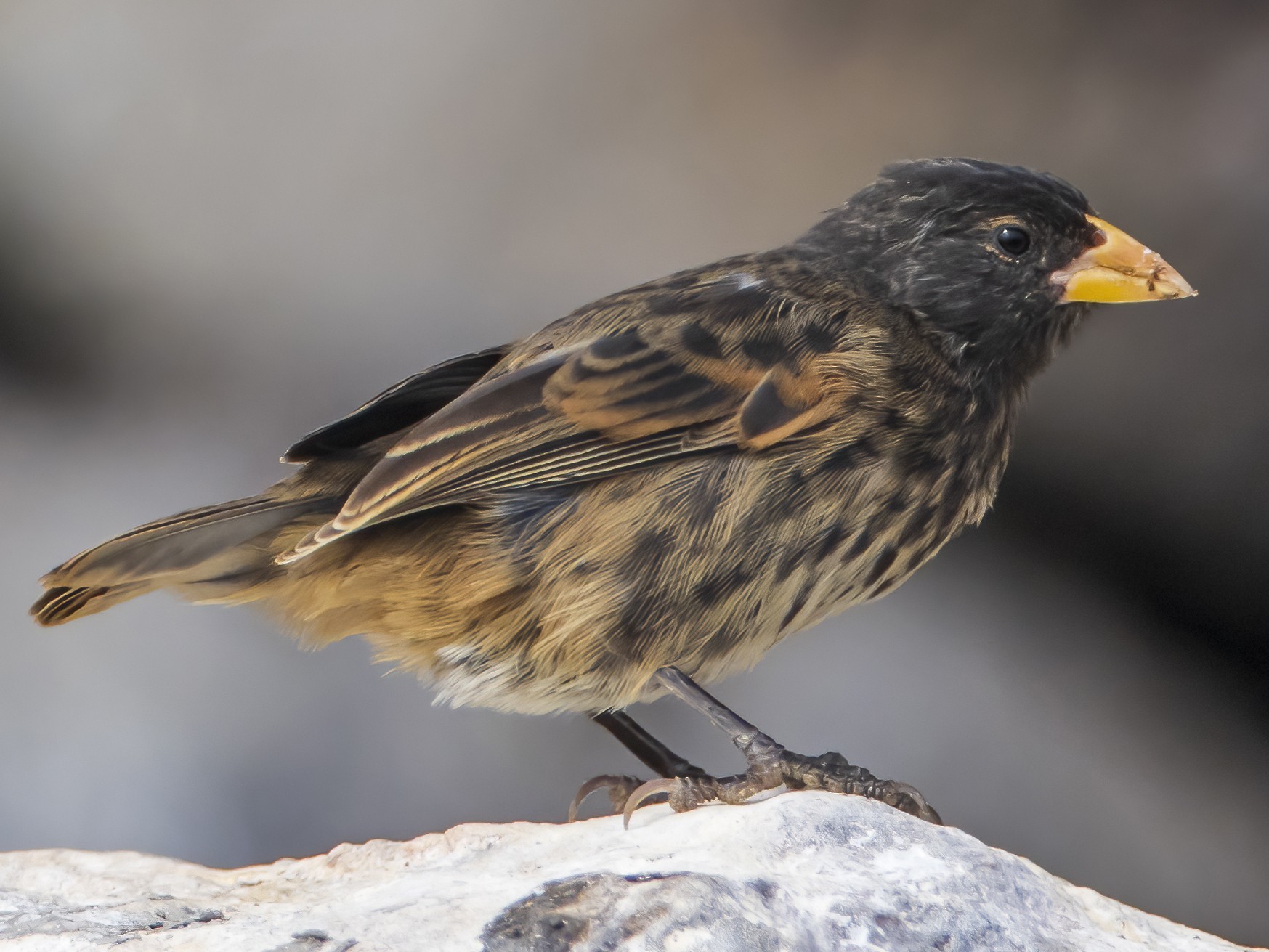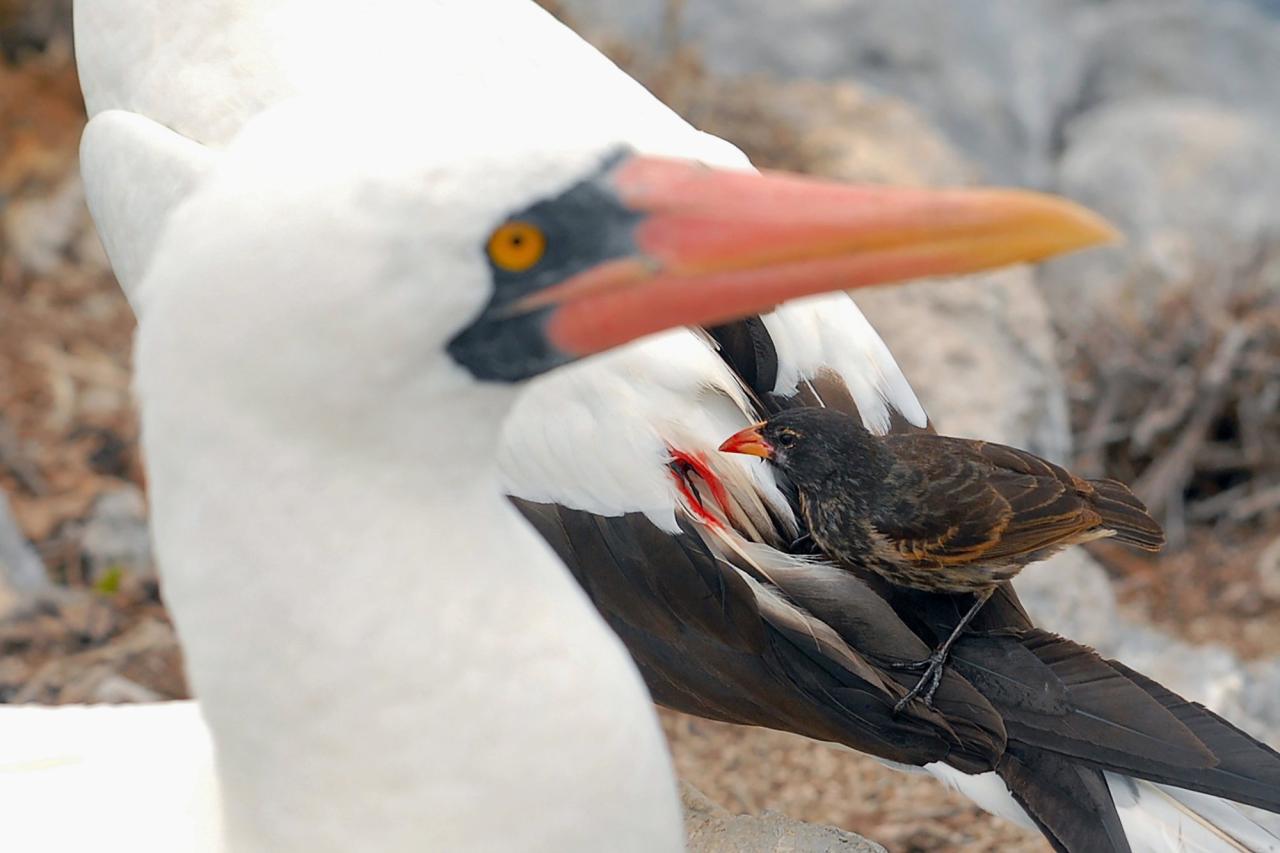Red-footed boobies on Wolf Island in the Galápagos Islands are falling victim to vampire finches instead of predatory mammals .
 Sparrows surround a crazy bird to drink blood. (Photo: simonjpierce)
Sparrows surround a crazy bird to drink blood. (Photo: simonjpierce)
Living on Wolf and Darwin islands, vampire finches adapt to limited resources by drinking blood several times a year. Sparrows in the Galápagos Islands have been recorded to have different beaks depending on their diet of fruits, insects or seeds. But at times when water is scarce, they choose to drink blood from crazy birds, according to IFL Science .

Wolf Island is extremely dry for much of the year, according to the nonprofit conservation organization Galápagos. Although the island’s plants produce seeds during short periods of rain, this food source does not last long for hungry sparrows, forcing them to seek alternative sources of moisture and nutrients. According to the popular hypothesis of researchers, they initially ate parasites on the feathers of Nazca and red-footed boobies by pecking at the body. Now, sparrows go one step further by using their beaks to peck and drink the blood flowing from the crazy bird’s body. When a sparrow makes a wound, other sparrows will line up waiting for their turn to eat.
![]()
Although the above behavior seems barbaric, the sparrow’s foraging behavior does not seem to bother the crazy bird. However, they don’t stop there. Vampire sparrows also target madbird eggs. If they cannot crack the shell, they try to crack the egg by pushing it down from a high place. Extreme changes in diet even affect the gut bacteria of vampire finches, making them different from their counterparts that eat fruits, seeds and insects. According to a 2018 study, vampire sparrows ( Geospiza septentrionalis ) have a unique gut microbiome due to their carnivore-like diet.

Further research results found that the bacterial system of vampire sparrows has many similarities to blood-sucking bats. This may be an example of convergent evolution, where two unrelated species evolve similar traits. They all had high levels of Peptostreptococcaceae bacteria compared to non-bloodsucking individuals. This type of bacteria seems to be quite useful if a lot of sodium and iron from the diet needs to be processed.






